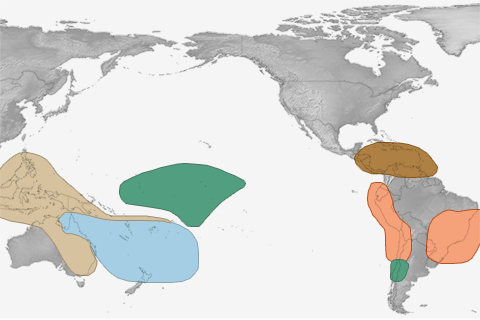
El Niño is the 800-pound gorilla for the winter climate in the U.S., but in summer, it's more like a 6-pound Chihuahua.
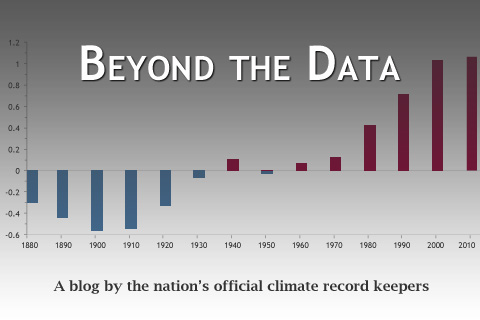
Deke Arndt, chief of the Monitoring Branch at the National Centers for Environmental Information, kicks off a new blog that will cover how climate records are collected and updated, how we know what we know about the climate, and how we can use climate information to make our communities more resilient.
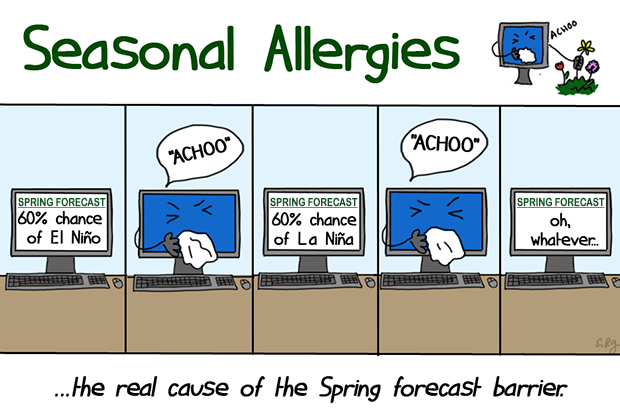
Why is it so difficult to make a good ENSO prediction during the Northern Hemisphere spring?

ENSO is a complicated thing to model. What are the challenges, and how can we overcome them?
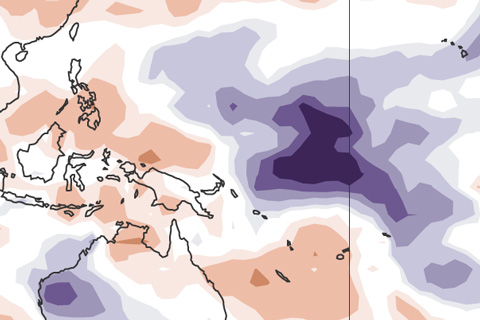
El Nino conditions strengthened in March. Where do forecasters think we're going from here?
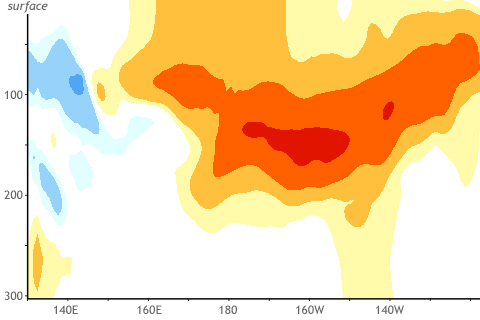
You're not the only one wondering if we will see El Niño grow or continue into this coming winter 2015. How useful are March winds and subsurface temperatures across the tropical Pacific Ocean in predicting winter El Niño or La Niña states?
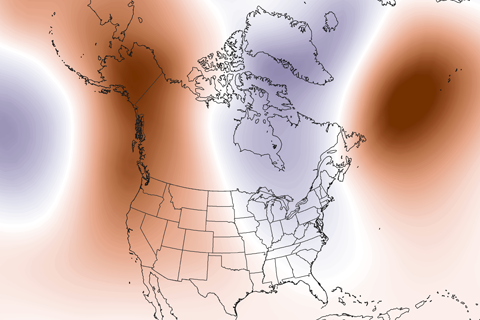
Guest blogger Dennis Hartmann makes the case that warm waters in the western tropical Pacific—part of the North Pacific Mode climate pattern—are behind the weird U.S. winter weather of the past two seasons.
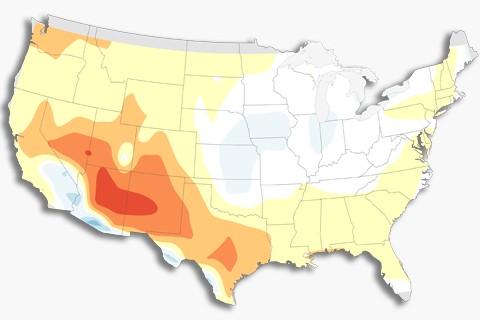
How do we verify forecasts that use probabilities? Read on to find out.
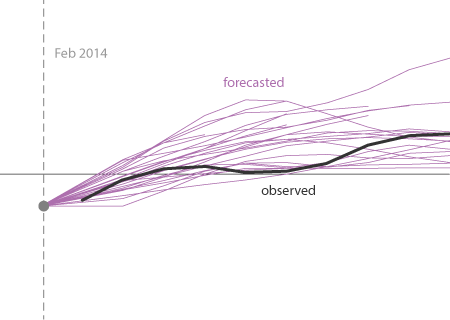
The model predictions during 2014 were not that shabby. A major, strong El Niño was not well justified by the predictions.
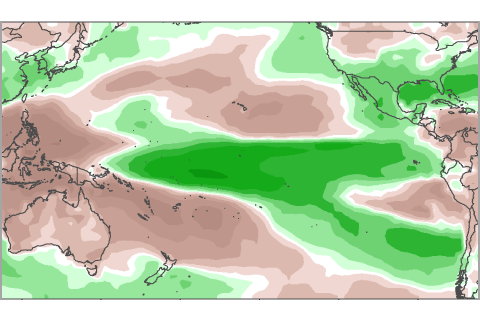
For more than 6 months, NOAA has been issuing El Niño watches, but never an advisory. Here we show whether recent patterns in precipitation resemble those expected during El Niño.